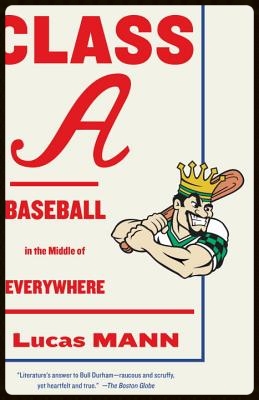by Leslie Goetsch
Khakpour currently lives in New York, where she is Writer in Residence at Bard College.
Born in Tehran and raised in California, the enigmatic and seemingly enchanted Porochista Khakpour has crossed the country and beyond in pursuit of the writing life. As she says in her essay, “My Life in the New Age” (Virginia Quarterly Review, Summer 2016), “I always liked the road less traveled.” One of Khakpour’s latest stops was Fall for the Book’s New Leaves Writer’s Conference March 21, where she spent the day and night as a visiting writer.
The Last Illusion, Bloomsbury, 2014
Khakpour kicked off the first day of the conference with a reading from her latest novel, The Last Illusion (Bloomsbury, 2014). She began her reading with a discussion about the medieval Persian epic, the Shahnameh, which serves as the inspiration for The Last Illusion. Khakpour’s retelling of the legend centers on the character Zal, a child of the “wrong color,” whose mother raises him in a cage, along with her other “darlings,” birds. These two passages from Khakpour’s novel demonstrate her range as a writer. The first offers a daring, poignant scene in which Zal is cursed by his suicidal mother; the second a humorous view of Zal as he approaches adulthood in early 2000’s New York, where he takes a job at a pet store and falls in love with a canary. (Zal’s story is also the inspiration behind the three striking feathers tattooed on Khakpour’s right hand and wrist, and although she makes it clear her mother would prefer the tattoo removed, it’s hard to imagine her without this physical reminder of how writing has directed her life.)
As part of her visit, Khakpour also spent time conferencing with MFA students about their work, offering suggestions and a personalized reading list, as well as advice on how to navigate the writing world. Despite battling a recurrence of Lyme Disease (precipitated by a car accident late last year), Khakpour’s energy never flagged. She was funny, smart, nurturing, and constructive as she discussed her writing, assuring students that there is, in fact, a life after the MFA and opened herself up to questions.
Porochista Khakpour appears 3 in from the left; Leslie Goetsch appears 3 in from the right.
Khakpour’s struggle with illness is the subject of her next book, Sick (forthcoming in 2017). Sick is a real-time recount of Khakpour’s ongoing struggle with Lyme Disease, including her difficulty finding a diagnosis, exploring treatment options, and her determination not to let the physical symptoms of the disease interfere with her writing career. While she has published many nonfiction essays and reviews, this will be her first full-length nonfiction work. During a question and answer session with the author, Khakpour explained that she first became interested in the project because she felt her experience could help others suffering from the disease. Interestingly enough, Khakpour says she originally wanted to publish a pamphlet that could be distributed to hospitals and doctors’ offices, though her publisher inspired her to turn her reflections into a memoir.
The subject and style of Sick are a significant departure from the magical, moving fiction of The Last Illusion, but as her reading at George Mason revealed, Khakpour is a storyteller whose spirit and insight marks all of her writing. There is little doubt that when the memoir debuts next year, it will make for a powerful and affecting read, and greatly add to the ongoing conversation about Lyme-related illness.
Leslie Goetsch is an MFA student at George Mason University. She is the author of Back Creek (Bancroft Press, 2008), a coming of age novel set in rural Virginia.

















